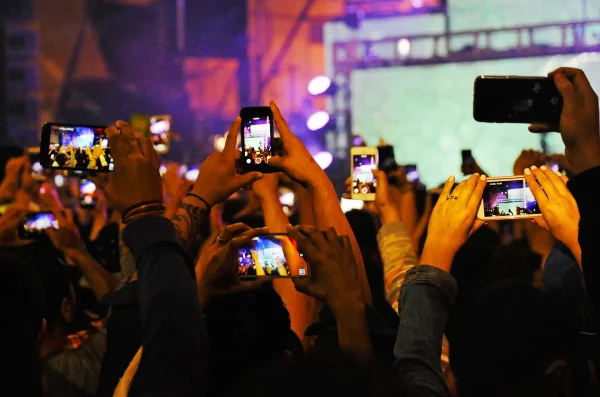Overcoming bad impressions, to a connection
Sep 23, 2021
It takes twenty seconds for someone to formulate an opinion about you. What do people think of you when they meet you? Do you ever wonder what their immediate impression is? While first impressions count, the not so great ones need to follow up with a memorable second impression.
Let’s keep it solid. A UNI student, Will Nachazel says, “It solidifies what other people think about you. The first impression gives them an idea of who you are and the second impression clarifies.”
Often times, projecting this image to others allows perception to be disoriented. It happens, then the judgements made unconsciously become influential on personal biases. Overcoming the first horrible first impression can be complimented by a strategy. This will make people revise their opinions. As Student Haley Hudson says, “First impressions can be wrong, so a second impression can correct an incorrect perception.” Words, behaviors, body language, and even facial expressions become a subject for personal interpretation. Within the first phase of impression making, people are not passive observers, which correlates to unnecessary questioning about who you are as a person. One strategy to present is showing evidence.
Drawing out a map of different lenses such as ego, trust, and power. Power comes from how useful you are to that person. Ego comes to the perceiver of who is at the top of the ladder. People want confirmation of superiority. Trust comes from intuition feelings. Kind of like fight or flight, are you a friend or foe?
Overcoming a bad impression is not a good leading factor, but the second impression will have to have evidence piling for consistency. Most of the time, the people who are now my friends have told me that their first thought of me wasn’t all that nice. But, down the road, the light bulbs went off and it was because they had never actually met me.
Once you have a sit down conversation with someone, your first impression of them really never matters. Not knowing the person well, makes no base for making a judgement. If you want the first impression to go well, the person receiving needs to be able to read your behavior and anticipate your wants and needs.
Identify opportunities for collaboration. After challenging the first impression, others begin to notice who you are and correct their judgement. An example would be if someone underestimates you by not being able to lift heavy objects, find an opportunity to prove that person who underestimated you, wrong. As humans, we have a desire for control. No, I do not mean control like an authoritarian, but control of stressors. Once those stressors feel uncertainty, reliably it leads to helplessness. When a person feels as though they have lost control of those stressors, they want to gain it back. Focus on getting to know the person better is a way for them to also feel they are reclaiming that control.
Being present can highlight your strengths and bury the weaknesses. Don’t sit back and wait for those around you to approach you a second time. Accuracy to strategically incentivize yourself may leave a great first impression on someone. Don’t be patient and allow a bubble to pop, by then it’s too late. You have to create a new bubble that could take more than one try. It’s like taking one step forward, two steps backwards. As students, we all want to make a good first impression that accord with the images we project. Whether it’s through social media, social gatherings, or even class, we all want that judgement, and perception to be clear to those who don’t know who we are. Set an image for yourself and who you want to be and aspire to it. Know your audience, exceed confidence, be a good listener and caution questions. The second impression is what sticks with people.
















